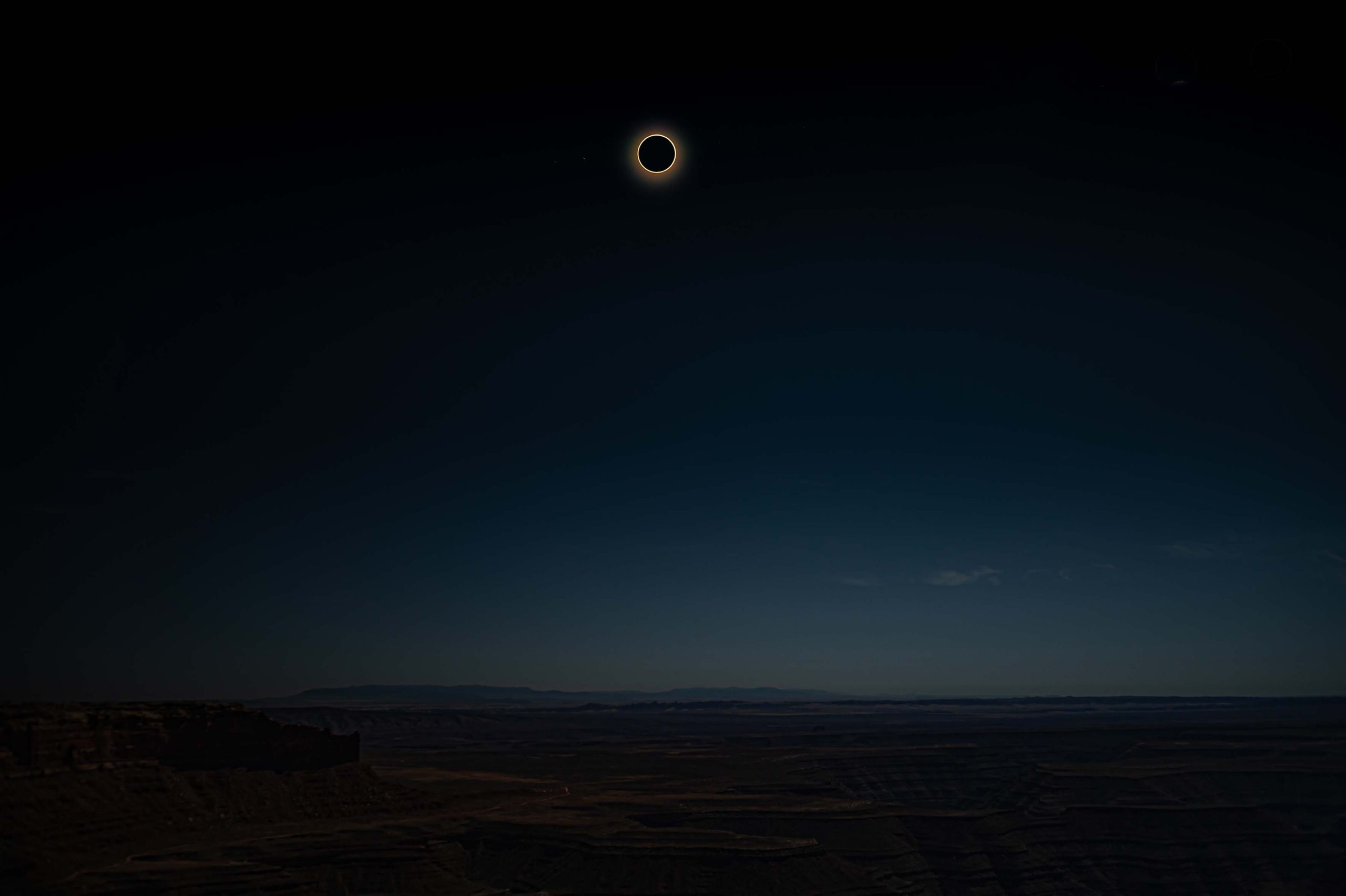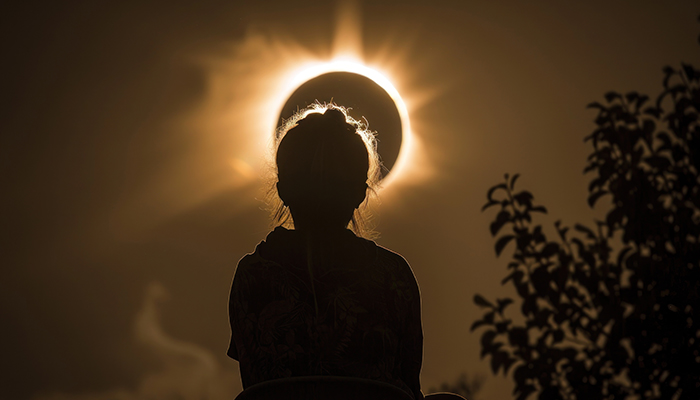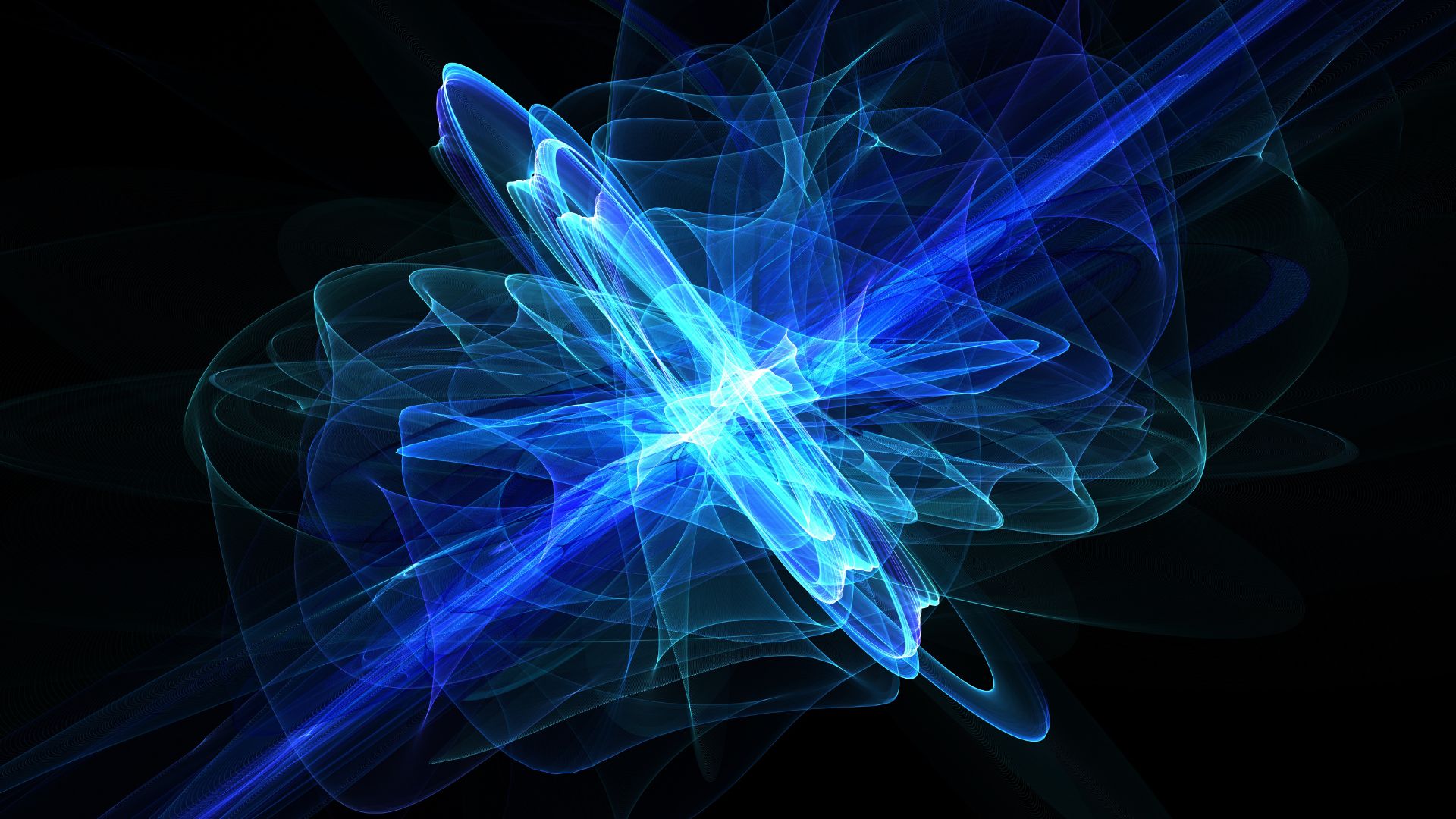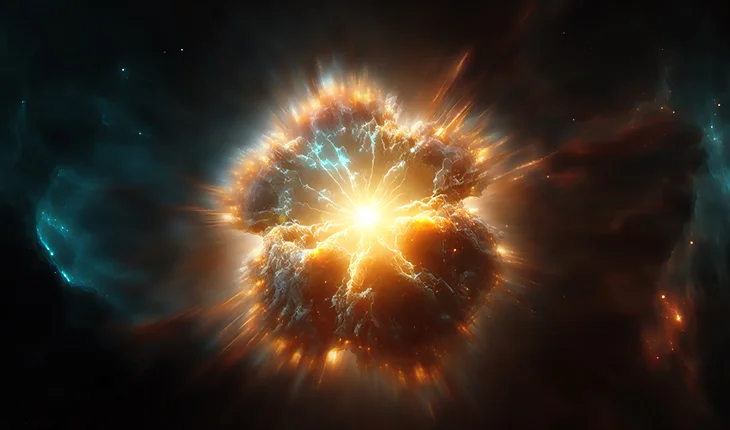At Spaceyv, we’re committed to exploring the wonders of the cosmos and the fascinating phenomena that arise from the interaction of light, color, and human perception. One such intriguing phenomenon is the Purkinje effect, particularly in the context of an eclipse. But what exactly is the Purkinje effect, and how does it relate to eclipses?
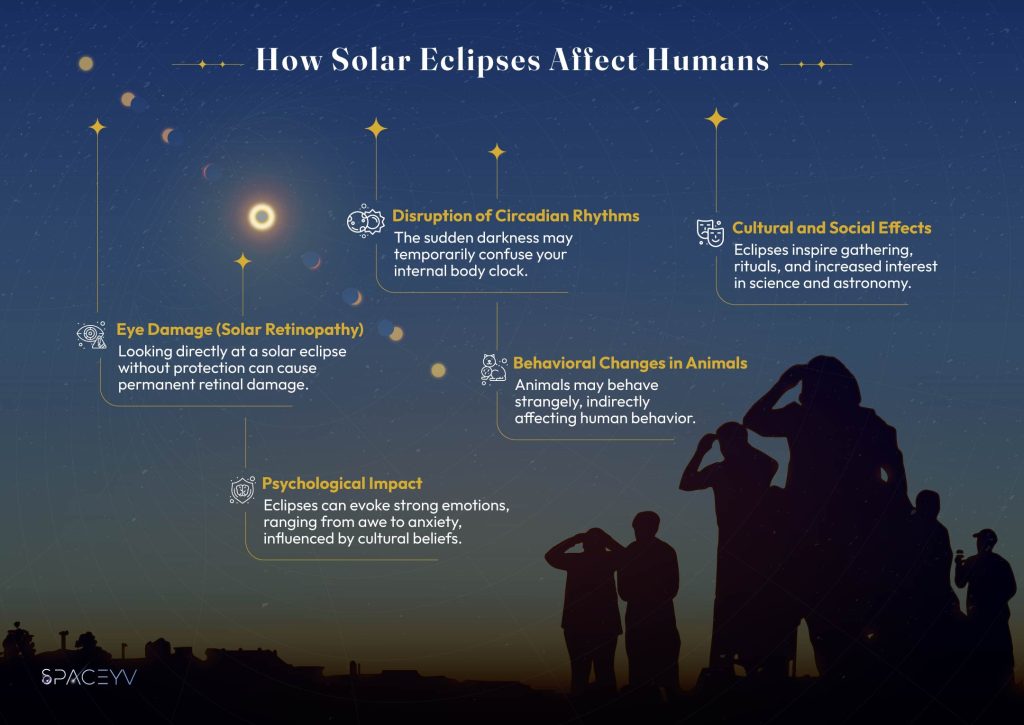
Understanding the Purkinje Effect
The Purkinje effect is a visual phenomenon that describes how our eyes perceive colors differently under varying lighting conditions. Named after the Czech anatomist Jan Evangelista Purkyně, this effect is most noticeable at dusk or dawn when light levels are low. Under these conditions, the human eye becomes more sensitive to blue and green light and less sensitive to red. As a result, objects that appear red in bright daylight may seem much darker or even black under dim light, while blue and green hues become more vivid.
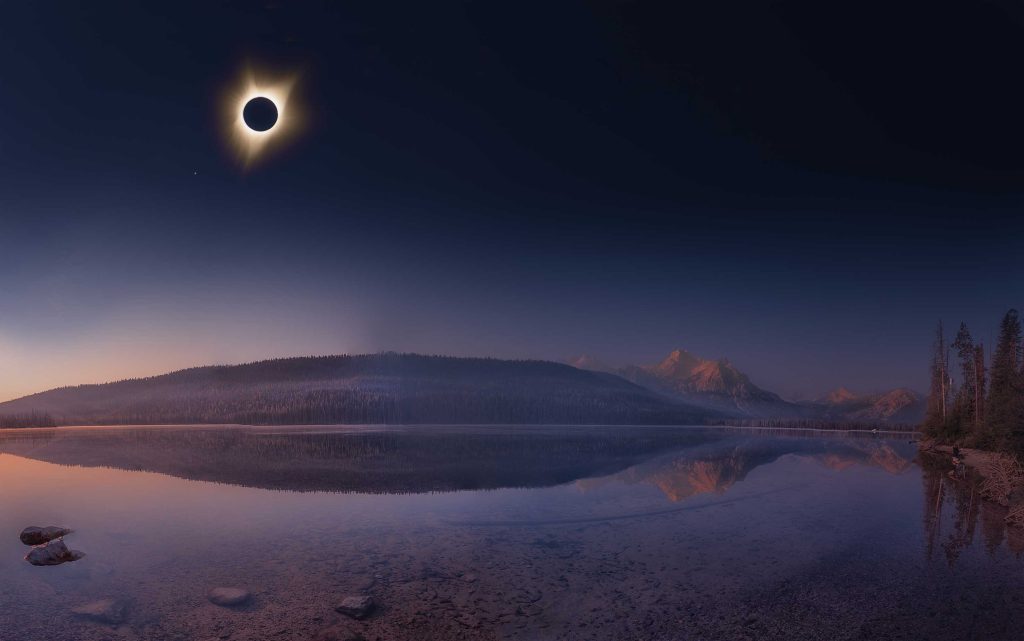
The Purkinje Effect During an Eclipse
During a solar eclipse, the light levels decrease dramatically as the moon covers the sun. This reduction in light can trigger the Purkinje effect, altering how we perceive the colors of the sky and the surrounding landscape. As the eclipse progresses and the environment darkens, you might notice that reds appear subdued or muted, while cooler colors like blue and green become more prominent. This shift in color perception can create an eerie, almost surreal atmosphere, adding to the otherworldly experience of witnessing an eclipse.
You can Also read :
Why Does This Matter?
The Purkinje effect is more than just an interesting quirk of human vision; it reveals the complex ways our eyes and brain work together to process visual information. Understanding this effect can enhance your experience of an eclipse, allowing you to appreciate the subtle changes in color and light that occur as the moon moves across the sun.
For photographers and astronomy enthusiasts, being aware of the Purkinje effect is crucial when capturing or observing eclipses. The shift in color perception can impact how you photograph the event, as well as how you interpret the visual experience.
Experiencing the Purkinje Effect Eclipse
To fully experience the Purkinje effect during an eclipse, try the following:
- Observe the Sky: As the eclipse progresses, pay attention to how the colors in the sky change. Notice how reds become less vibrant, while blues and greens seem to stand out more.
- Capture the Moment: If you’re photographing the eclipse, experiment with different exposure settings to capture the changing light and colors. Be mindful of how the Purkinje effect might alter the appearance of your images.
- Reflect on the Experience: After the eclipse, take a moment to reflect on how the shifting colors influenced your perception of the event. This can deepen your appreciation for the intricate connection between light, color, and vision.
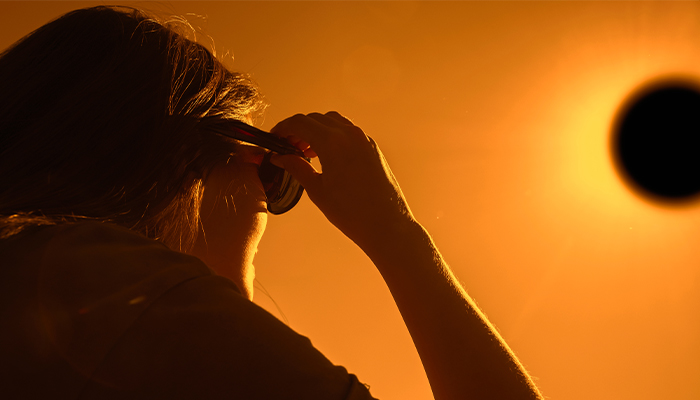
What does the eclipse do to the eye?
Looking directly at a solar eclipse without proper eye protection can cause solar retinopathy, leading to permanent damage to the retina and potential vision loss. The sun’s harmful UV and infrared rays can damage your eyes within seconds, even though the light is reduced during an eclipse. Symptoms include blurred vision, dark spots, and difficulty seeing colors.
To safely view a solar eclipse, always use certified eclipse glasses or a pinhole projector. Lunar eclipses, however, are safe to view without any protection. Protect your eyes to avoid serious and permanent damage.
You Can also read : Delving into the Mysteries of Solar Eclipses
What happens if you glance at the eclipse?
Conclusion
The Purkinje effect eclipse is a fascinating intersection of astronomy and human perception. By understanding this effect, you can gain a deeper appreciation for the subtle and beautiful ways in which the cosmos interacts with our senses. At Spaceyv, we believe that every celestial event offers a chance to connect with the universe on a profound level, and the Purkinje effect is just one more layer of wonder to explore.

